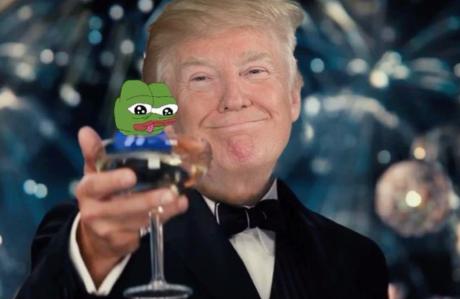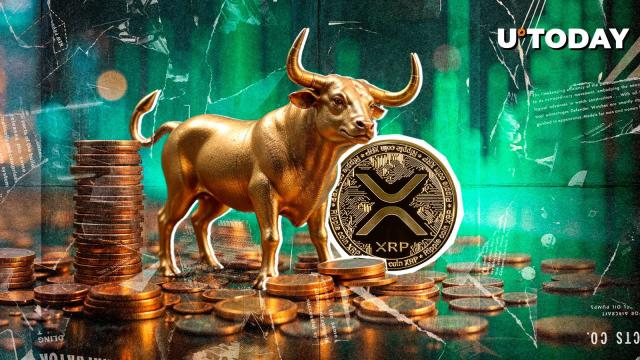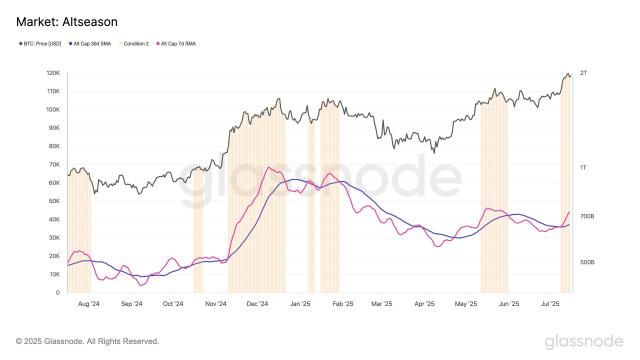Author: Jin Shi Data
US President hopes the Federal Reserve will significantly lower short-term interest rates to 1%. Such a rate cut typically only occurs in emergency situations like sudden recessions or financial panics. What exactly is worried about?
Currently, the US short-term policy interest rate is around 4.25%, with a historical average of 4.6%. The Federal Reserve manages inflation and maintains economic health by adjusting rates. If inflation eases, the Federal Reserve may lower rates to around 3.5% in the next year.
However, 's own tariff policy has become a stumbling block. By imposing new taxes on imported goods, has increased costs for businesses and consumers. Most economists believe these tariffs will push inflation up by about 1 percentage point, from the current 2.4% to 3.5% or slightly higher.
seems unconcerned about inflation, despite promising to "significantly reduce prices" during his presidential campaign. For months, he has been urging Powell to cut rates, initially requesting a 1% cut, then 2%, and now even over 3%. Jim Bianco of Bianco Research recently joked on social media: "After July 4th, he might start demanding negative rates."
The Federal Reserve typically cuts rates when it believes inflation is under control and the economy needs stimulation. Lower rates make borrowing cheaper, thereby stimulating spending and investment. Normally, the Federal Reserve gradually cuts rates by 25 basis points every few months. But when necessary, the Federal Reserve can make aggressive cuts. For example, during the Great Recession from 2007 to 2009, the Federal Reserve cut rates by nearly 5 percentage points in 15 months; during the COVID-19 pandemic in 2020, it cut rates by 1.5 percentage points in two months.
Rate cuts exceeding 25 basis points typically indicate economic problems. The rate cut is requesting is comparable to recession-era cuts. Rick Newman of Yahoo Finance states: "Someone must have told him we're in big trouble."
's economic advisors, including Treasury Secretary Bezos and White House economist Hassett, publicly maintain an optimistic economic outlook—it's their job. But they may share concerns with many economists and investors: the economy appears to be slowing, the job market is weak, national debt is growing to unsustainable levels, and 's tariff policies do more harm than good.
has advocated lowering rates to reduce federal borrowing costs throughout his two presidential terms. He often discusses "refinancing" government debt, a technique he frequently used as a real estate developer.
In recent years, relatively low rates have reduced the government's average debt interest rate from 5% in 2007 to 1.6% in 2022. The government, like other borrowers, benefited from the Federal Reserve's aggressive rate cuts in 2020. However, the government's average borrowing rate has now rebounded to 3.3%, while the federal deficit has ballooned to nearly $2 trillion annually. Annual debt interest payments now exceed $1 trillion, becoming the second-largest federal expenditure after Social Security.
is not a fiscal hawk. The tax cut bill he is pushing through Congress will increase national debt by approximately $4 trillion, with total debt likely to exceed $40 trillion by the end of this decade. But should understand that a president will soon have to face the consequences of massive national debt, and that person might be him.
On Tuesday, posted on Truth Social: "Republicans, this 'beautiful bill' might be the greatest and most important bill in history, providing the largest tax cuts and border security, creating millions of jobs, increasing military and veteran benefits, and more. If this bill does not pass, it will result in the largest 68% tax increase in history!!!"
There are already signs that the surge in federal debt is shaking financial markets. The three major rating agencies have downgraded the US credit rating. Long-term interest rates are higher than they should be this year, typically indicating the market cannot absorb excessive debt. This has weakened the dollar and triggered a trend of "selling US assets," making foreign assets more attractive than US assets.
If gets his way, a significant rate cut would obviously reduce government borrowing costs. But this does nothing to address the fundamental problem: debt is too high, and a wasteful Congress remains indifferent.
may also be worried about economic slowdown—Q1 GDP showed negative growth. Job vacancies are decreasing, consumer confidence is low (as usual), and Americans' concerns about the labor market are intensifying. If the economy truly weakens, the Federal Reserve will undoubtedly cut rates at some point, but certainly not as aggressively as demands.
Bank analyst Chris Whalen believes the Federal Reserve may ultimately lower short-term rates from the current 4.25% to 3%. But he also thinks that due to additional deficit spending from 's tax cut bill, long-term rates for mortgages and other consumer and commercial loans are more likely to rise than fall. This could lead to a stagflation scenario: stagnant growth, with persistent inflation and high interest rates, making voters even more dissatisfied.
Another reason for 's aggressive rate stance might be: he is preparing scapegoats for potential failure. His frequent attacks on Powell, calling him a "dummy," "fool," and "stubborn mule," are clearly aimed at pre-emptively blaming someone for potential economic problems. If inflation soars, unemployment rises, or consumer sentiment remains low, can say it's all Powell's fault—because he didn't cut rates in time and didn't listen to the "smarter president's" advice.
Most economists believe the Federal Reserve's current short-term interest rates are reasonable. Almost no one predicts a disastrous situation requiring emergency massive rate cuts. People generally believe that if the economy further weakens, the Federal Reserve will take action—but will absolutely not act at the White House's request.








